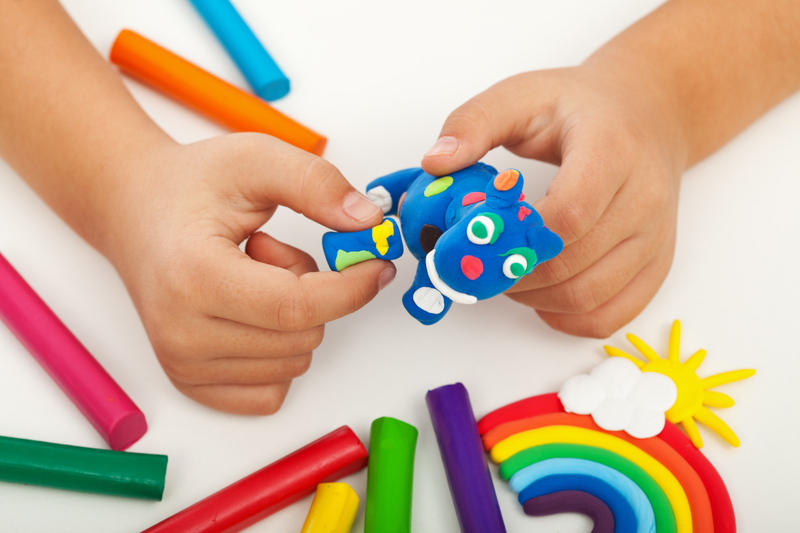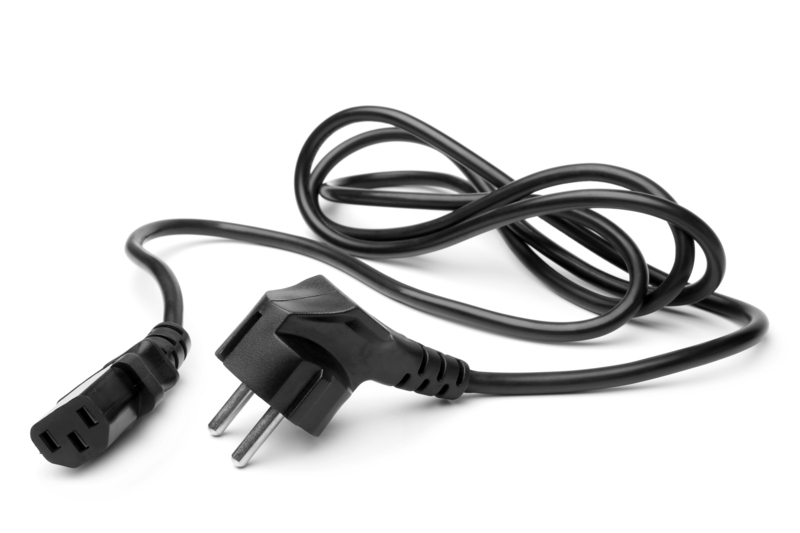The pitfalls of DIY piano moving and how to avoid them
Posted on 16/06/2025
The Pitfalls of DIY Piano Moving and How to Avoid Them
Pianos are not just musical instruments--they are exquisite, valuable pieces of furniture that often have sentimental and monetary value. When it comes time to move a piano, many people consider handling the move themselves to save on costs. However, DIY piano moving comes with significant risks and unique challenges. This comprehensive guide reveals the dangers of moving your piano without professional help and provides expert advice on how to mitigate these hazards.

Understanding the Complexity of Piano Moving
The first step to appreciating the pitfalls of DIY piano relocation is understanding just how complex and delicate the process is. Pianos, whether upright or grand, are robust in sound but fragile in build. With thousands of moving parts, delicate strings, and sensitive wooden frames, one wrong move can cause serious, sometimes irreparable damage.
Why Is Moving a Piano So Difficult?
- Weight and Size: Pianos are incredibly heavy, typically weighing between 300 and 1,200 pounds. Their size also makes them awkward and difficult to maneuver through doorways, stairs, and tight spaces.
- Balance and Structure: Most of a piano's weight is concentrated in unexpected places. For example, the cast-iron plate in an upright or the harp of a grand piano is far heavier than the keys and casing. This off-balance weight distribution can lead to instability.
- Sensitive Mechanism: The inner workings of a piano are intricate and susceptible to misalignment or breakage if handled roughly. Drops, bumps, or tilting beyond acceptable angles can disrupt tuning or damage components.
- Risk of Injury: Attempting to move a piano without proper equipment or technique can lead to serious personal injuries, including strained muscles, back injuries, and even crushed fingers or toes.
- Potential Property Damage: Inexperienced handling can scratch flooring, damage walls, or even destroy doorways.
Common Mistakes Made During DIY Piano Moves
Here are some of the most frequent errors enthusiasts make when trying to transport a piano without professionals:
1. Underestimating the Weight and Logistics
- Pianos are much heavier than they appear. Many DIY movers do not have a clear idea of the actual weight until it is too late.
- Insufficient manpower is a common issue. Pianos often require four or more strong individuals for a safe move.
2. Inadequate Equipment
- Specialized moving equipment--such as piano dollies, moving straps, and skid boards--are often overlooked or unavailable in DIY scenarios.
- Using standard furniture dollies or makeshift solutions can lead to toppling or dropping the instrument, causing irreparable damage.
3. Poor Planning and Preparation
- Failing to measure doorways, staircases, and hallways can result in getting stuck or forced improvisation--both recipes for disaster.
- Lack of communication and coordination among helpers can lead to sudden jerks, loss of balance, or mishandling.
4. Neglecting Protection for Piano and Property
- Not padding the piano or surrounding surfaces exposes them to scratches, dents, and breakage.
- Failing to secure the piano properly can result in sliding, shifting, or rolling out of control.
5. Ignoring Safety Risks
- Attempting to catch a falling piano can lead to severe or fatal injuries.
- Improper lifting technique places immense strain on the back and knees, risking chronic injury.
How to Avoid the Dangers of Do-It-Yourself Piano Moving
Although DIY piano moving is risky, some homeowners still opt for it out of necessity or budget constraints. If you choose to go this route, reducing risk requires careful planning and preparation. Here's how you can safeguard both your piano and yourself:
1. Assess the Situation Honestly
- Evaluate the Piano's Weight and Size: Know the specific model's dimensions and weight to properly plan your approach.
- Consider the Route: Walk the path from the start point to the end destination, identifying all obstacles, tight turns, stairs, and doorways.
- Judge Your Team's Capabilities: Assess whether your helpers have the necessary strength, fitness, and experience.
2. Gather the Right Equipment
- Piano Dolly: Invest in a sturdy, specialized piano dolly adapted to your piano's type (upright or grand).
- Moving Straps: Secure lifting straps that distribute weight evenly.
- Protective Padding: Use moving blankets, bubble wrap, and padding to shield both the piano and surroundings.
- Skid Board: For stairs or tight spots, a skid board keeps your piano stable while moving up or down.
- Work Gloves: Prevent slips and add grip.
3. Disassemble with Care
- Remove Detachable Parts: Detach music stands, pedals, and legs (especially for grand pianos) for easier and safer movement.
- Wrap Components: Carefully pad and wrap each part. Keep all screws and bolts organized and labeled.
4. Protect Both Piano and Property
- Cover All Surfaces: Pad the piano thoroughly. Use cardboard or mats to line pathways and protect floors and walls.
- Secure the Lid and Keys: Use tape or straps to ensure the piano's lid stays closed, protecting the internal mechanisms.
5. Use Proper Lifting and Moving Techniques
- Team Coordination: Communicate clearly with your helpers. Assign roles and corners in advance.
- Lift, Don't Drag: Always keep the piano upright. Lift using legs, not the back, and avoid tilting or twisting the instrument.
- Take Breaks: Don't rush the move. Rest and reset grip regularly to avoid fatigue-related mistakes.
6. Take Extra Care with Stairs and Tight Spaces
- Plan Ahead: If possible, avoid stairs altogether. When unavoidable, use a skid board and at least two people to guide and manage the descent or ascent.
- Spotters: Place reliable spotters ahead and behind in case the piano slides or tips.
7. Secure Piano in the Vehicle for Transport
- Use a Moving Truck with a Ramp: Never try to lift a piano high into a truck. Use ramps and dollies.
- Strap Down the Piano: Secure the instrument tightly to prevent shifting during transit.

When to Call in Professional Piano Movers
While the above steps may decrease risk, experienced piano movers bring expertise, precision, and specialized gear. Here's why professionals are often the wisest investment when moving any piano:
- Insurance Coverage: Most moving companies carry insurance that protects your instrument during transport, offering peace of mind.
- Expertise: Professional movers have successfully handled numerous piano moves and can anticipate and resolve challenges that may stump amateurs.
- Speed and Efficiency: Equipped with the right tools and knowledge, pros complete the task faster and with less risk of injury or damage.
- Damage Prevention: Properly trained movers know how to avoid even subtle knocks or scrapes that can affect a piano's finish or function.
- Post-Move Services: Many piano moving companies can recommend or provide tuning and repair services.
Signs You Should Not Attempt DIY Piano Moving
- Your piano is especially large, valuable, or antique.
- You need to navigate more than a couple of stairs, elevators, or tight corners.
- Your team lacks physical strength or moving experience.
- You don't have access to proper equipment or a vehicle suited for moving a piano.
- The route includes narrow hallways, delicate flooring, or steep slopes.
Conclusion: Is DIY Piano Moving Worth the Risk?
Moving a piano without professional help is tempting for budgetary reasons but comes with considerable risks. Injury to yourself, damage to the piano, and harm to your property are all real possibilities. By being aware of the common pitfalls--such as underestimating weight, lacking proper equipment, and neglecting safety--you may be able to minimize the dangers if you must proceed on your own.
However, when it comes to safely moving a piano, expert piano movers remain the gold standard. Their experience, tools, and techniques not only protect your treasured instrument but also ensure the move is efficient, safe, and hassle-free.
Weigh the costs of hiring professionals against the risks of a DIY piano move, and make the choice that preserves your piano's sound, look, and sentimental value for years to come.
SEO Focused Key Takeaways:
- DIY piano moving is fraught with potential errors and dangers.
- Proper planning, manpower, equipment, and technique are non-negotiable for safe piano relocation.
- Professional piano movers offer expertise and peace of mind--often saving you time, money, and heartbreak in the long run.
If you're considering moving your piano yourself, reflect on these pitfalls of DIY piano moving and use our guide to make the process as safe and successful as possible.



